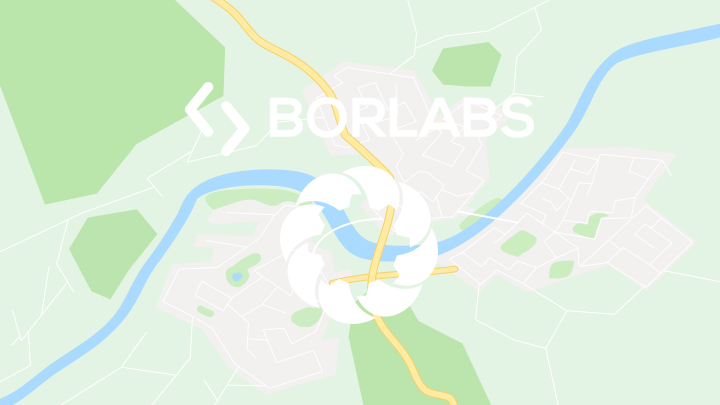Railway station forecourt
Railway station forecourt
Thanks to the activities of the Berlin-Anhalt Railway Company, one of the most important railway companies in Germany in the 19th century, Dessau already had a rail network and long-distance railway connection from 1840.
The station bridge over the long-distance railway network is an important link to the Ziebigk district and access to the Elbe. The historic bridge was destroyed during the war and rebuilt several times over the decades. The bridge was reopened in its current form in 2003. Since the 1930s, pedestrians have used the tunnel in the railway station to access the western part of the city.
The Dessau railway station building was built in 1876 according to plans by architect Franz Schwechten, who also designed the Anhalter Bahnhof in Berlin and Wittenberg Central Station. Bombs severely damaged the main station on 7 March 1945. It was rebuilt between 1948 and 1954, taking up the historical cubature, but only in a very simplified form. Modernisation including the subway and platforms took place in the 1990s. The forecourt was last given a facelift in 2019.
You can find the original here:

Mit dem Laden der Karte akzeptieren Sie die Datenschutzerklärung von Google.
Mehr erfahren